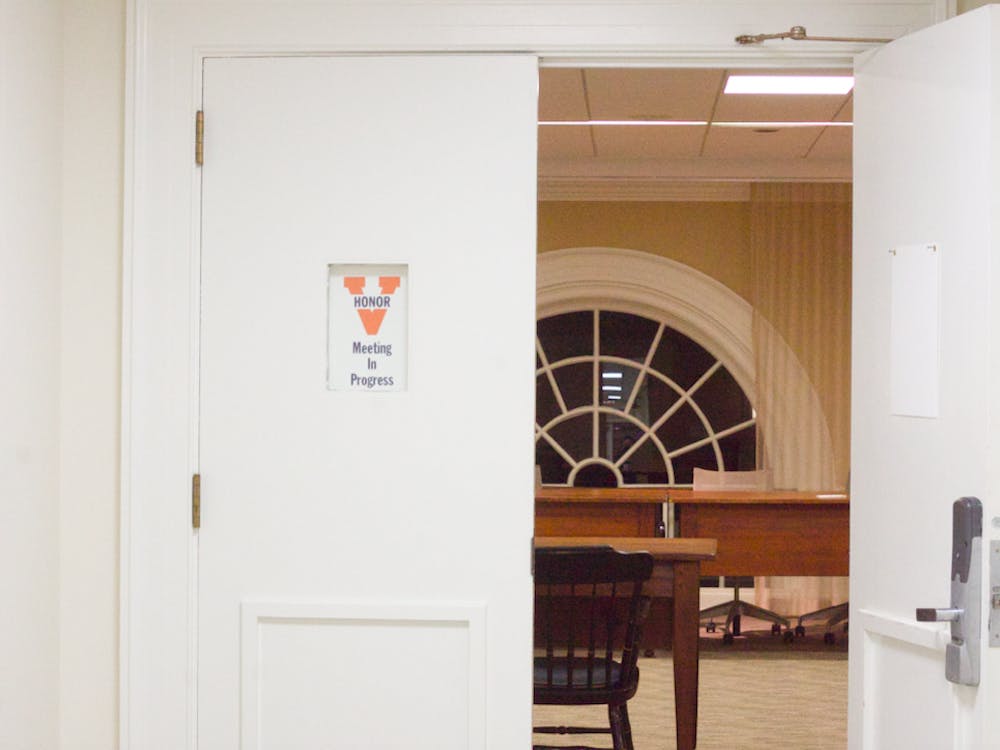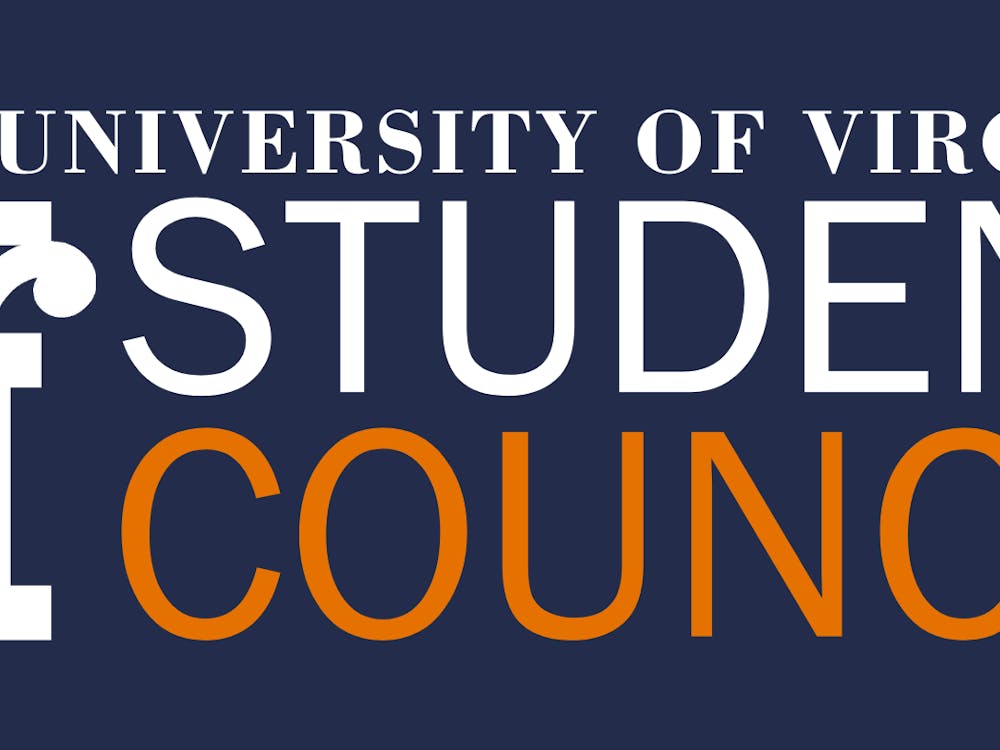Last Sunday, presidential candidate Donald Trump cruised to victory in the South Carolina Republican primary, reassuring his takeover of the Republican Party and leaving no doubt he currently has the most credible path to the nomination. Despite shattering GOP taboos — calling President George W. Bush a liar and calling out the pope before the South Carolina primary — Trump managed to maintain strong voter support throughout the race and was able to turn his poll numbers into a 10-point victory. Trump’s hasn’t been successful because of his political expertise — his success is a result of wide support from a very important block of voters: the silent majority.
The “silent majority” is a phrase with a long history in American politics, one that Trump has constantly used during the campaign trail. The amount of attention directed to the term by other politicians in recent years is almost nonexistent, and its resurgence in modern political discourse has led to a surprising performance by an unconventional candidate. But before exploring the silent majority’s influence on the Trump campaign’s success, I’d like to explore the term’s history.
The phrase was popularized in 1968 by Richard Nixon, inspired in some ways by the surprising success of Gov. George Wallace’s third-party presidential campaign — a campaign which directed populist rage at liberal elites, African-Americans and anti-war protester. It was coopted as a strategy to move working and middle-class whites out of the New Deal Democratic Party and draw their support towards Nixon and the GOP.
Shortly after Wallace developed his strategy, Nixon began using the terms “Silent Majority,” “Forgotten Americans” and “Middle America” to describe an aggrieved white majority. In his nomination acceptance speech, Nixon described who the silent majority is in America: “they are good people, they are decent people; they work, and they save, and they pay their taxes, and they care.” A demographic for the silent majority, then, is easy to establish — if you’re white, conservative, not politically active, middle-class and tired of how things are being run, odds are you are a part of the silent majority.
By 1969, anti-war protests against Vietnam were entering mainstream politics, and Nixon and his White House staff went immediately to work to try and discredit the outpouring of mainstream support towards these protests. After a televised speech in which he directly called out the anti-war protests and towards the silent majority, Nixon’s approval rating shot up from around 50 percent to almost 70 percent, nationally.
This is one of many examples that demonstrate the power of the silent majority possesses and the influence it can exert on American politics when it exercises this power. At the time, Nixon called out against many left-wing movements and policies put in place by the noisy minority. Today, Trump is calling out left-wing immigration and social policies that seem to upset the same demographic Nixon was appealing to in 1969. Surely, there is a significant similarity between their rhetoric. That said, though Trump and Nixon have some similarities, this doesn’t mean that they are calling upon the exact same silent majority in the same manner.
As playwright Justin Sherin astutely pointed out in a Politico article, Nixon’s speech was “an appeal for the values he grew up with: patience, order, hard work and respect for authority.” However, Trump’s silent majority is seeking to “burn down the system and dance on its ashes,” a key difference from Nixon’s supporters.
It would also be unreasonable to attribute Trump’s success to a single group of voters. But it is safe to say that they possess a decisive influence over Trump’s campaign — and this influence might be what hands Trump the Republican nomination. Political establishments no longer seem to be tolerant of value-driven campaigns and old-school politicians such as Gov. Jeb Bush, a notion that was reiterated when he ended his bid for the presidency after disappointing performances in Iowa and South Carolina.
The Republican Party, then, seems to also have an incentive to pick Trump as their nominee. Besides having won numerous primaries by a comfortable margin, Trump is effectively appealing to a very influential and important block of voters. Not only that, but there seems to be a pattern of success with GOP candidates that effectively spoke for the silent majority. These candidates have managed to win five out of six straight presidential elections. Since then, they have lost the popular vote five out of six times, with the exception of George W. Bush in 2004.
That being said, it is worth pointing out that effectively speaking for the silent majority isn’t enough to get someone to the White House — in order for that to happen, other factors will also need to come into play. The Republican Party will need to rethink its conservative and partisan orthodoxy. While Trump’s success in the first Republican primaries has attributed a certain degree of seriousness and legitimacy towards his campaign, his nomination is not a certainty.
Trump has been a sensation because he has provided a silenced majority with a voice, and a loud one at that. In turn, this majority has seemingly carried him to the top of polls and primary victories. Before deeming his success as an unusual phenomenon, people need to examine the engine that is driving Trump’s momentum and triumphant performance in the political stage and realize that he isn’t going anywhere. For now.
Carlos Lopez is an Opinion columnist for The Cavalier Daily. He can be reached at c.lopez@cavalierdaily.com.





